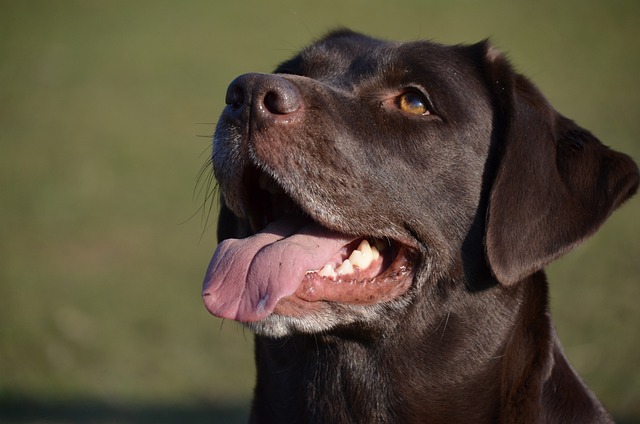
What are 5 common foods to feed dogs if they have an upset stomach
If you’ve ever watched your dog turn away from their food, then spend the next hour pacing and whimpering, you know the panic of an upset stomach.
You've probably noticed how your dog suddenly hesitates when stepping onto pavement during summer walks. That moment of hesitation speaks volumes - their paws are telling them what your bare feet would confirm in seconds: that surface is dangerously hot. While we slip on sandals, our canine companions have no such luxury. Their paw pads, though tougher than human skin, have surprising vulnerabilities to summer's heat.
Pavement temperatures can soar 40-60°F above air temperature on sunny days. At just 125°F - easily reached when it's 85°F outside - asphalt can cause second-degree burns in under a minute. What makes this particularly concerning is that dogs' paw pads contain nerve endings similar to our fingertips, making burns excruciating. Beyond burns, repeated exposure to hot surfaces leads to painful cracking, while rough terrain wears down their natural protective layers.
Traditional solutions like dog booties work well for some pups, but let's be honest - many dogs treat them like torture devices, chewing them off or walking like they've stepped in gum. Paw waxes and commercial sprays help, but they often contain chemicals that make owners of sensitive dogs nervous. That's where nature's pharmacy comes in surprisingly handy.
Coconut oil isn't just for cooking - its medium-chain fatty acids create a breathable barrier that moisturizes while protecting against heat. Applied before walks, it helps prevent drying and cracking. Aloe vera (100% pure) works wonders for post-walk cooling, reducing inflammation when massaged gently onto warm paws. Shea butter, that miracle worker for human skin, does double duty for dogs by forming a protective layer that doesn't completely block their essential paw perspiration.
Your kitchen holds more paw protectors than you might realize. A vinegar-water rinse (1 part apple cider vinegar to 2 parts water) after walks helps prevent bacterial infections in micro-cracks. Those old cotton socks you were about to toss? Soak them in cool water, wring them out, and let your dog wear them briefly post-walk as cooling paw wraps. For a homemade paw balm, melt equal parts beeswax and coconut oil with a tablespoon of olive oil - pour into small tins and apply as needed.
Timing is everything with summer walks. Test pavement with your bare hand - if you can't comfortably keep it there for 10 seconds, it's too hot for paws. Early morning walks when surfaces have cooled overnight are ideal, or consider shaded dirt paths instead of paved routes. Make a habit of checking between paw pads for debris or redness after every outing. And remember - if your dog starts favoring a paw or you notice unusual licking, don't wait to investigate.
While most summer paw issues can be managed at home, certain signs demand professional attention. Deep cracks that bleed, blisters covering large areas, or any injury that doesn't show improvement within 24 hours warrant a vet visit. Similarly, if your dog develops a limp that persists beyond a few hours or shows signs of infection (swelling, pus, foul odor), skip the home remedies and head straight for medical care. Our dogs trust us to be their advocates - in summer heat, that means being as attentive to their paws as they are to following us everywhere.

If you’ve ever watched your dog turn away from their food, then spend the next hour pacing and whimpering, you know the panic of an upset stomach.

If you’ve ever cleaned up diarrhea or watched your dog vomit after meals, only to feel helpless as they refuse their next bowl of food, you know the stress of a sensitive stomach.

If you’ve ever stared at the ingredient list on your dog’s kibble, wondering what “meat by-products” really are, you’re not alone. New dog owners

If you’ve ever noticed your dog suddenly shaking their head like a wet towel, or pawing at their ear until it’s red and sore, you might’ve wondered if they’re just being “naughty.”

Finding worms in your dog’s stool or noticing them scooting uncomfortably across the floor is enough to make any pet owner’s heart sink.

If you’ve ever dreamed of having a dog but hesitated because your eyes water and nose runs around furry pets, you’re not alone.